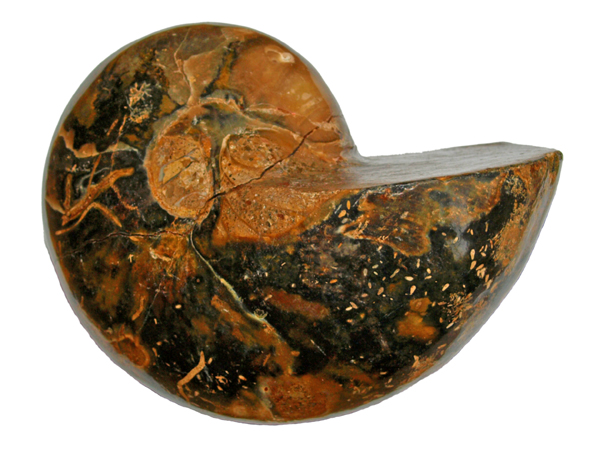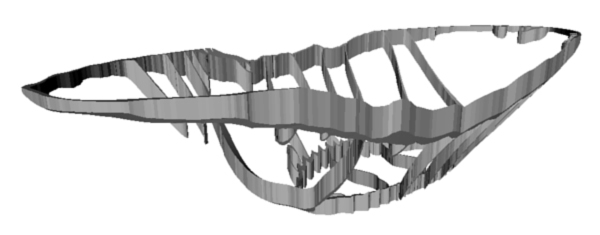So far, I’ve explained how to create a computer reconstruction of a fossil, as well as how to print a physical replica of one. In this last introductory post, I will detail the third and final part of the resource for public engagement that I’m developing. This post is going to be a little artier than I’m used to, so I’ve enlisted some help from Dr Myfanwy Johns, Leverhulme Artist in Residence at the University of Birmingham.
As every professional and amateur palaeontologist knows, fossils can be quite beautiful to look at, and this is perhaps one of the reasons we are so fascinated by them. Since the very beginning of palaeontology, scientists and artists have worked together to produce detailed and realistic drawings of fossils, and sometimes even reconstructions of what they might have looked like when they were alive. Of course, art isn’t just about producing the most accurate possible depiction of an object, as Dr Johns explains: “Objects and structures that have been lost and found are of interest to me – these could be fragments of broken china dug up while gardening, or fossils discovered after many millions of years languishing on the sea floor. My explorations of this material have led to new interpretations of old surfaces.”
When we combine cutting-edge computer technology with artistic thought, we are able to produce some remarkable transformations. The image below shows a computer-designed artistic transformation of internal growth lines in a fossil ammonite – the fossil was originally imaged using CT scanning and reconstructed as a 3-D virtual fossil, which was then transformed by Dr Johns:
So, from the insides of a fossil to a bowl, although perhaps not one that you could eat out of! Take it away, Dr Johns: “The ammonite’s internal structure is delicate and lace-like, perfectly preserved in an undisturbed state. CT scanning uncovers these hidden structures and opens up a previously unobtainable world. The scanning process divides the ammonite into thin slices which reveal the interior structure as a ground plan, and this is where I intervened and manipulated the plan into a digital sculptural form.”
There you have it; art and palaeontology make for a great couple. To sum up my first three posts on this blog then, over the next few months I will be developing a virtual palaeontology resource for science communication that will consist of: (1) computer reconstructions of fossils, (2) physical 3-D prints of fossils and (3) digital artistic transformations of fossils. I’m really excited about this project because it’s totally different to anything that’s ever been done before in palaeontological outreach. If it’s successful, I’d like to think this will inspire other scientists to carry out similar activities, enhancing science communication in palaeontology and evolution. Well, that’s the plan anyway, I’m sure there will be a few ups and downs in the coming weeks as I work to make all this happen. You’ll be able to follow my progress right here!



Pingback: Not Just Computers! | Virtual Palaeontology
Pingback: 3D Printed Fossils | Virtual Palaeontology
very cool! Thanks.
Thanks, I’m glad you like it. New post coming today, hopefully!